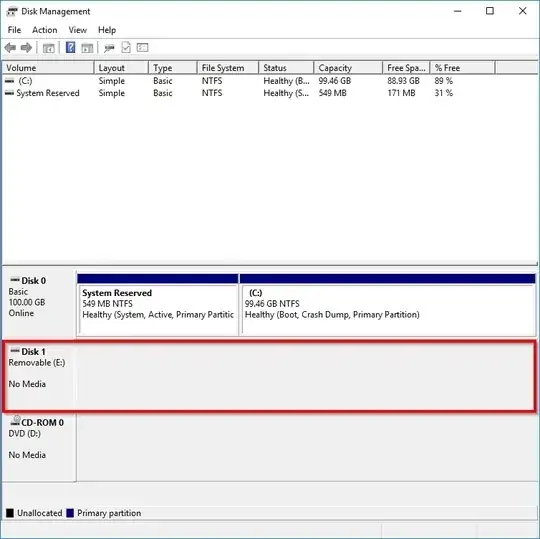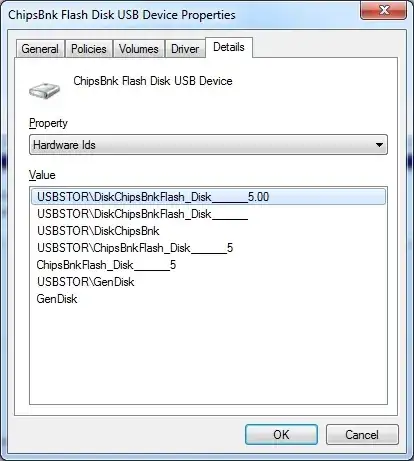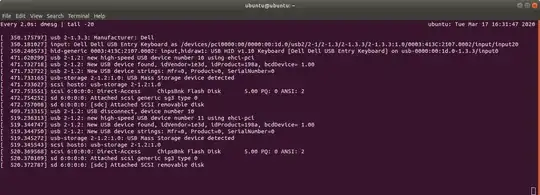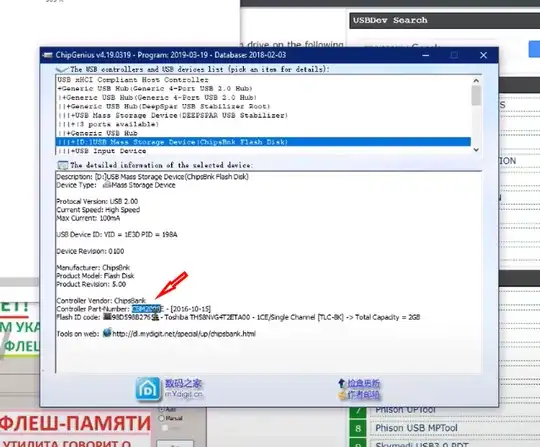Attempted to create a FreeDOS bootable drive with Rufus. The process failed and the drive was damaged.
- Software: Rufus 3.8p
- System: Windows 10 Enterprise 1709 x64
A lot of times when a similar problem is discussed online users respond (correctly) with different methods that can bring a system to identify a USB drive again. However, I want to clarify, and further show with pictures, that I am aware of all of those methods, have tried them, and this case is well beyond that. Those methods are:
- Using diskpart to "clean" the drive
- Using Disk Management to to convert the USB drive's partition between MBR and GPT
- Using Disk Management to re-assign a letter to the USB drive
- Using a third-party software to re-partition the drive (i.e. MiniTool Partition Wizard, Acronis tools, etc.)
I have used the following systems while attempting to "revive" this USB drive:
- Windows 7
- Windows 10
- Linux (primarily Ubuntu, but also others)
Regardless of the system, none of them can access the drive in any form, even though it is somehow recognized by the system.
The following images further demonstrate my efforts and the current state of the USB drive.
- Disk Management - Notice how Disk 1 shows nothing for partitions:
- USB Drive Properties - Volumes tab - Notice Unallocated space as 0 MB:
- USB Drive Properties - Details tab - This is a "ChipsBnkFlash_Disk":
- Diskpart - "There is no media in the device":
So as you can see, when people say online: "Oh, it's not broken, you just need to re-partition and/or re-assign the drive letter", they may be correct for other scenarios, but that's simply NOT my case here.
Can anyone make a suggestion as what to do next? (except putting the USB drive in the garbage)







